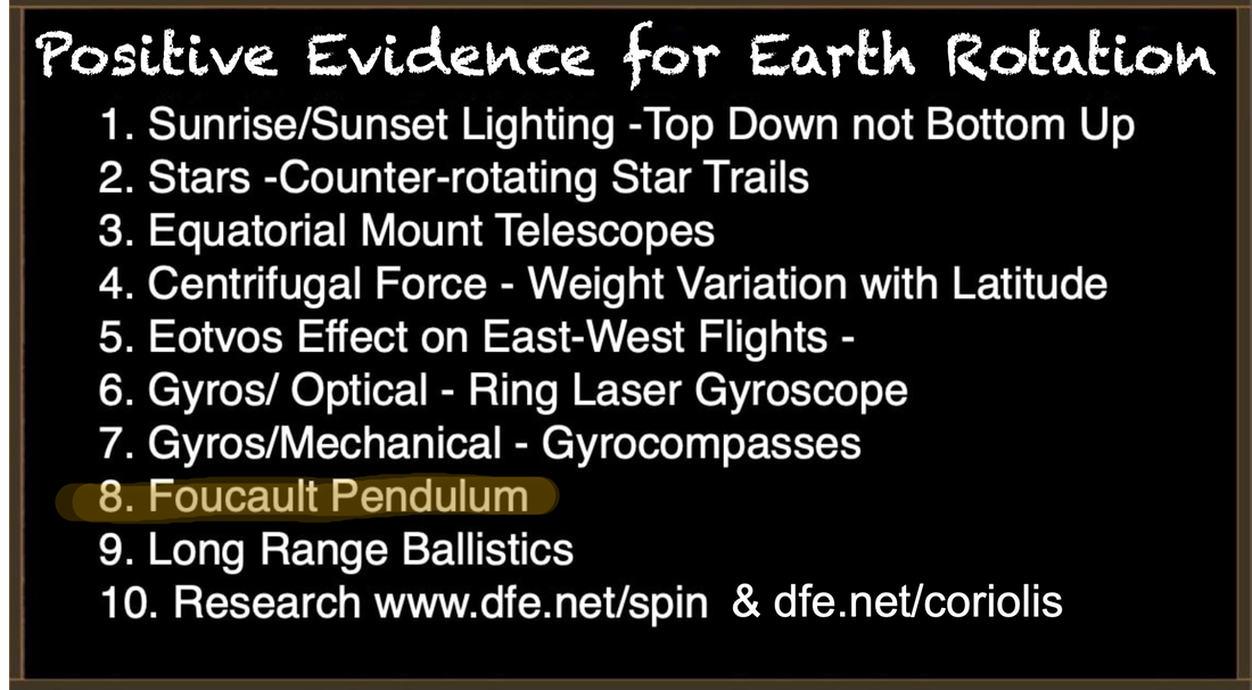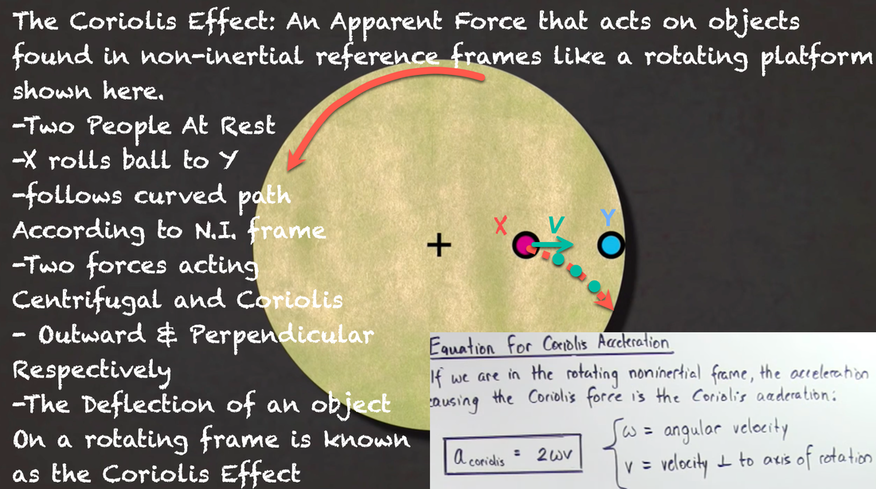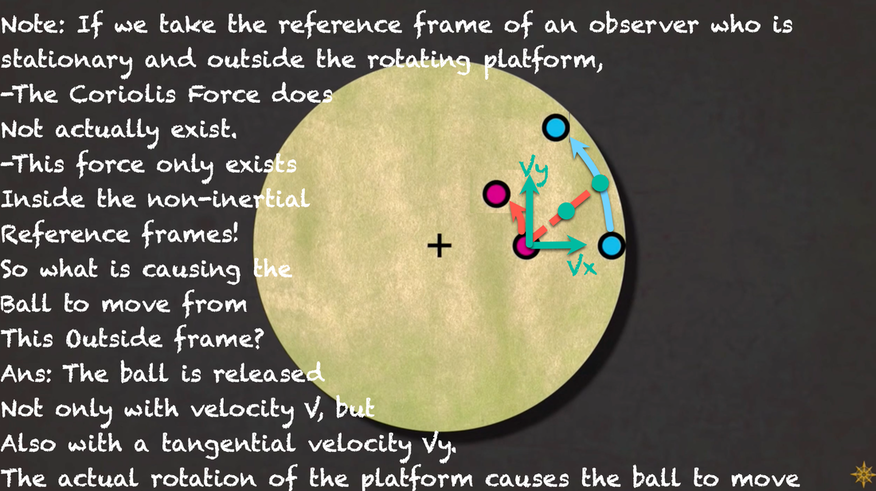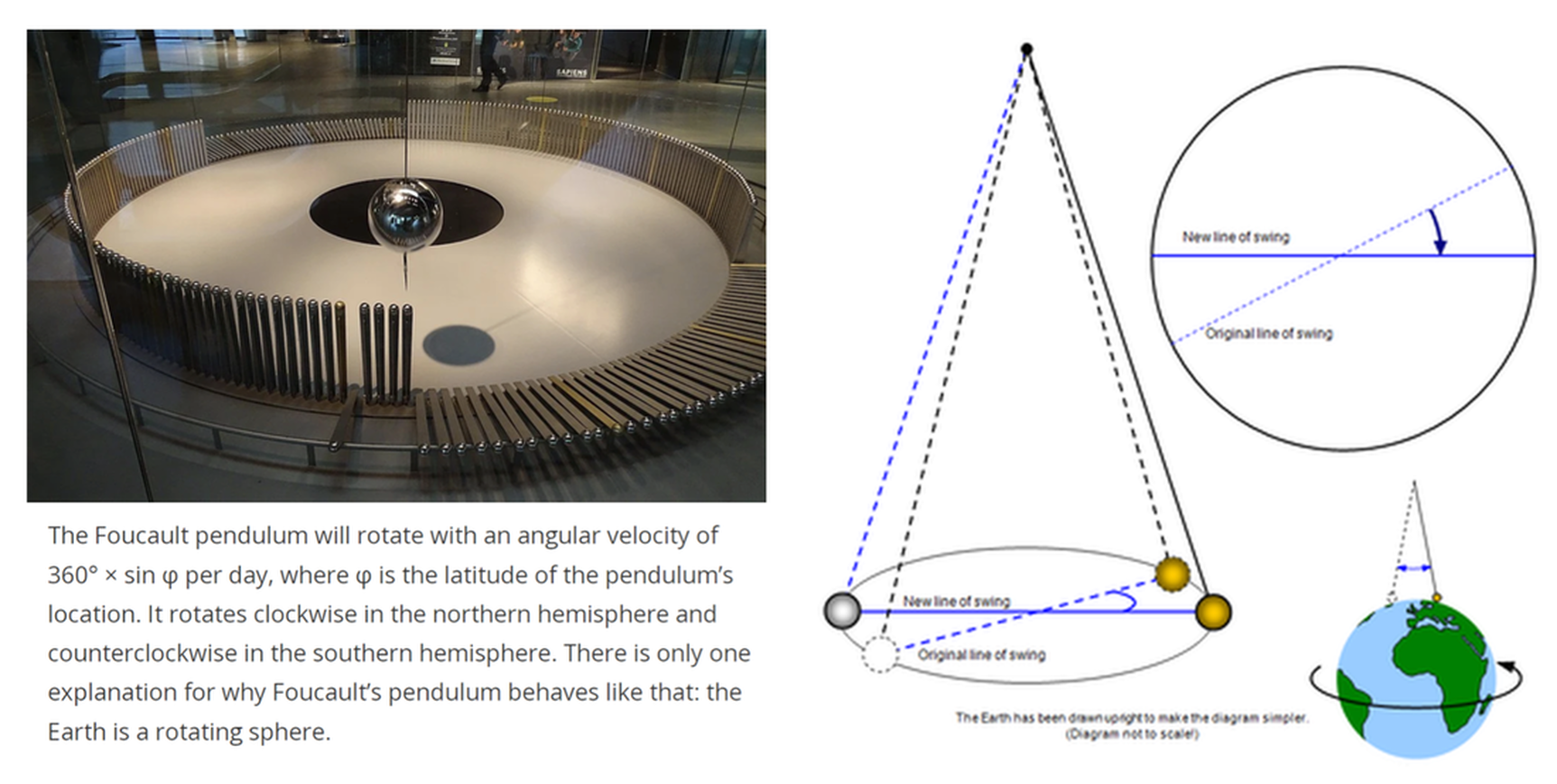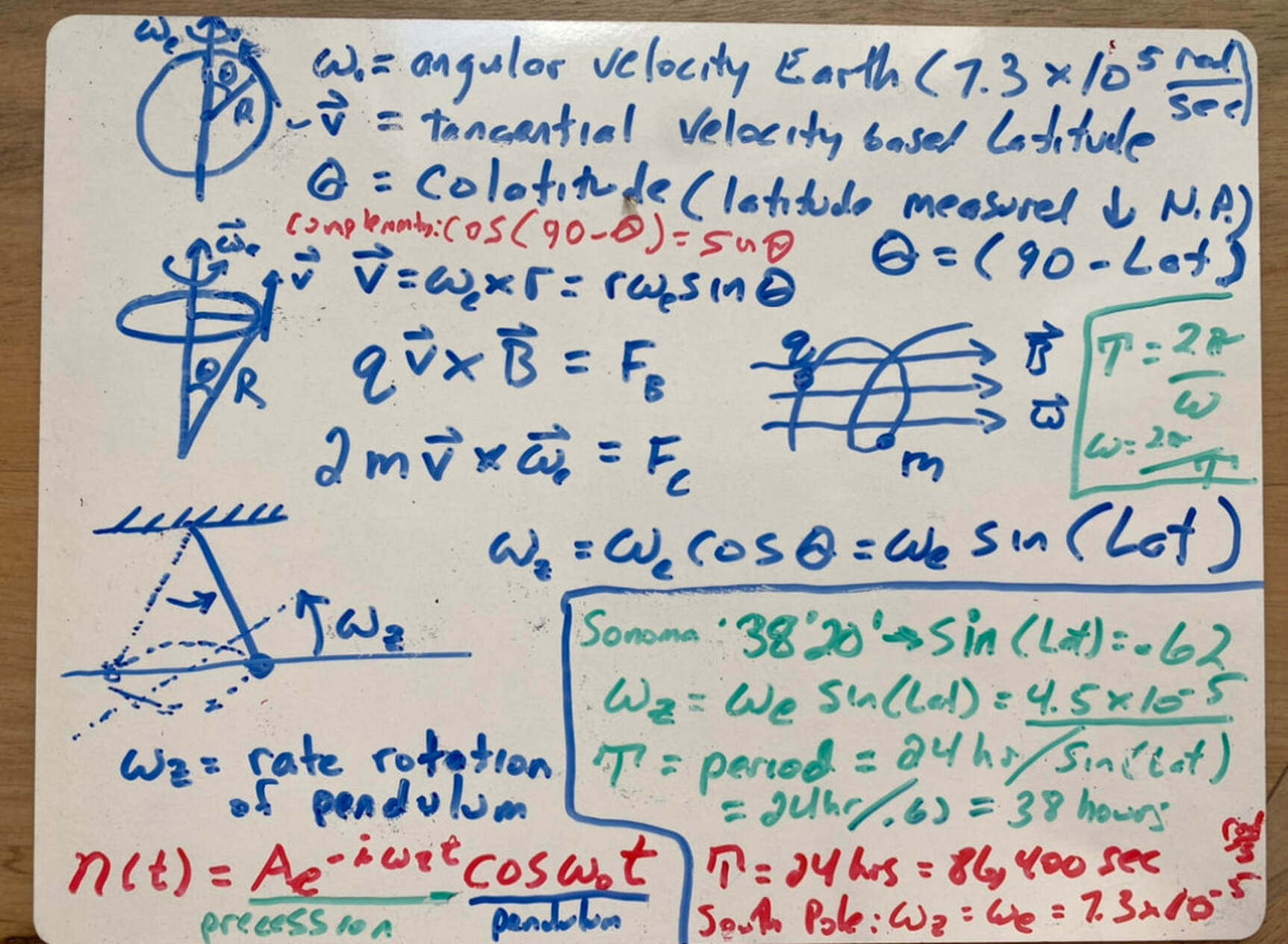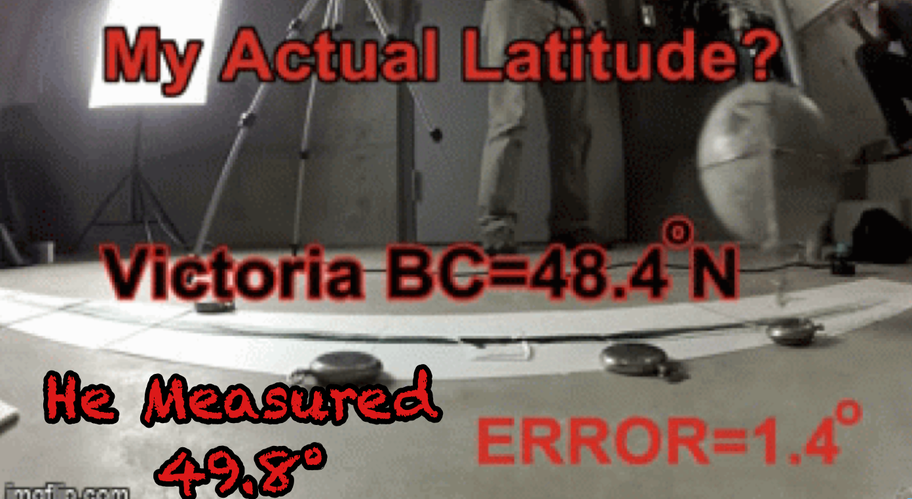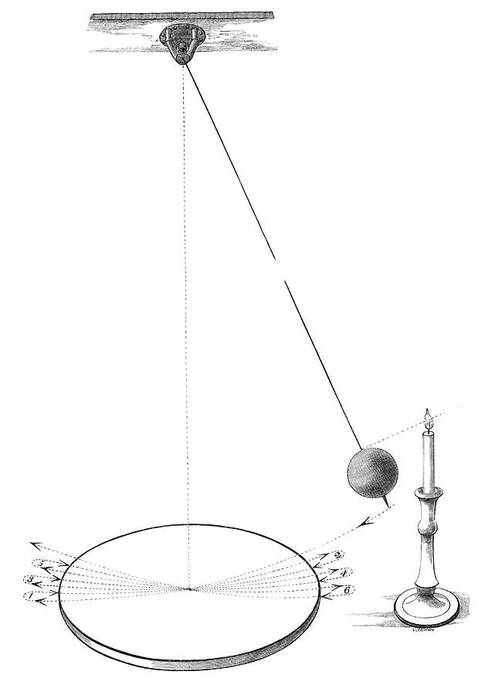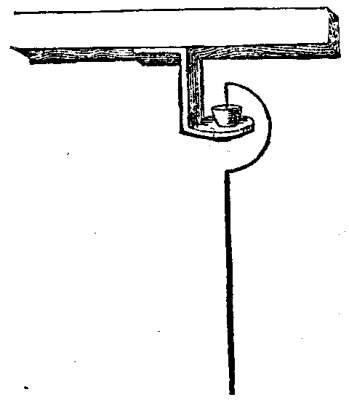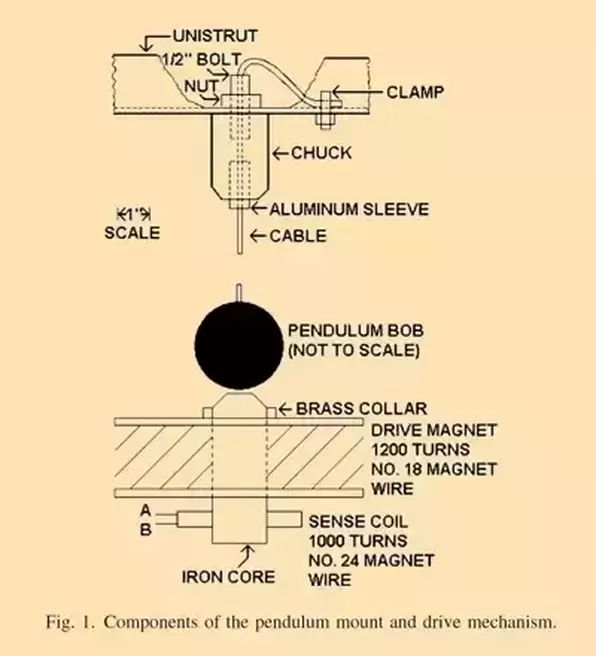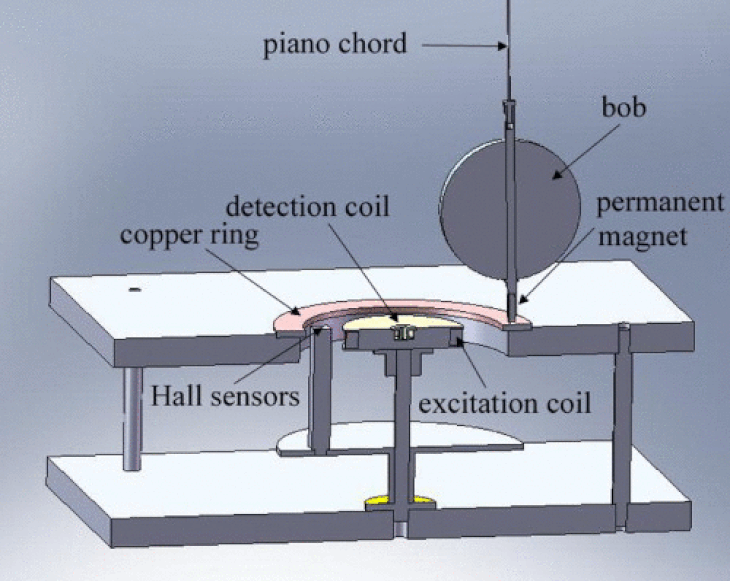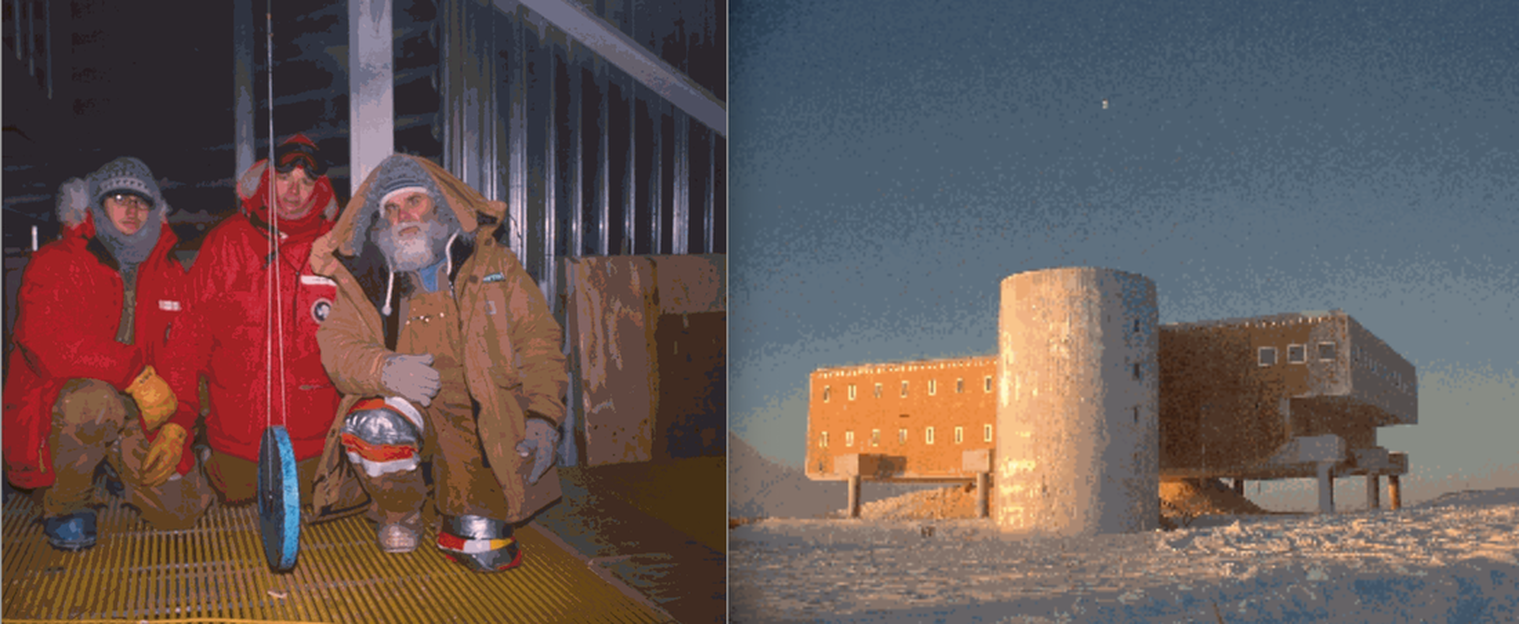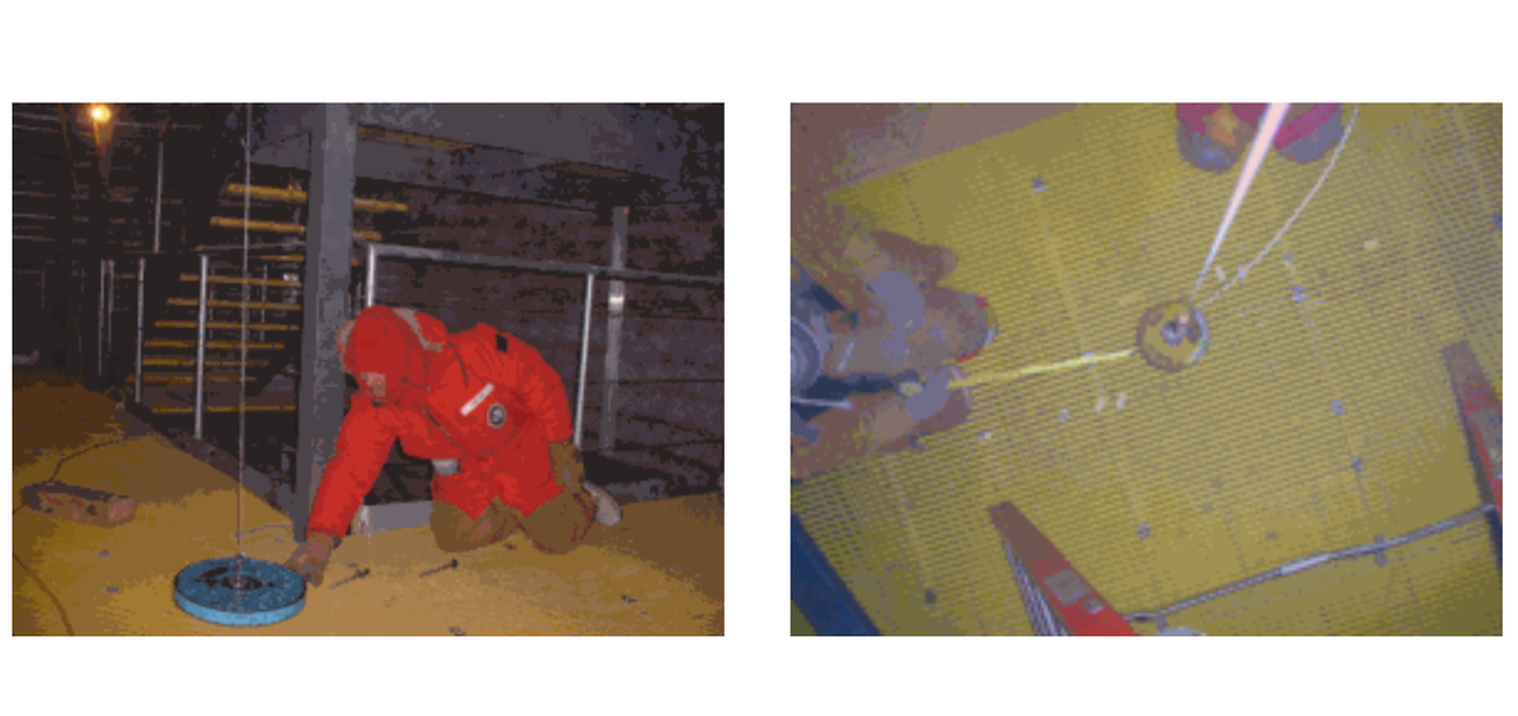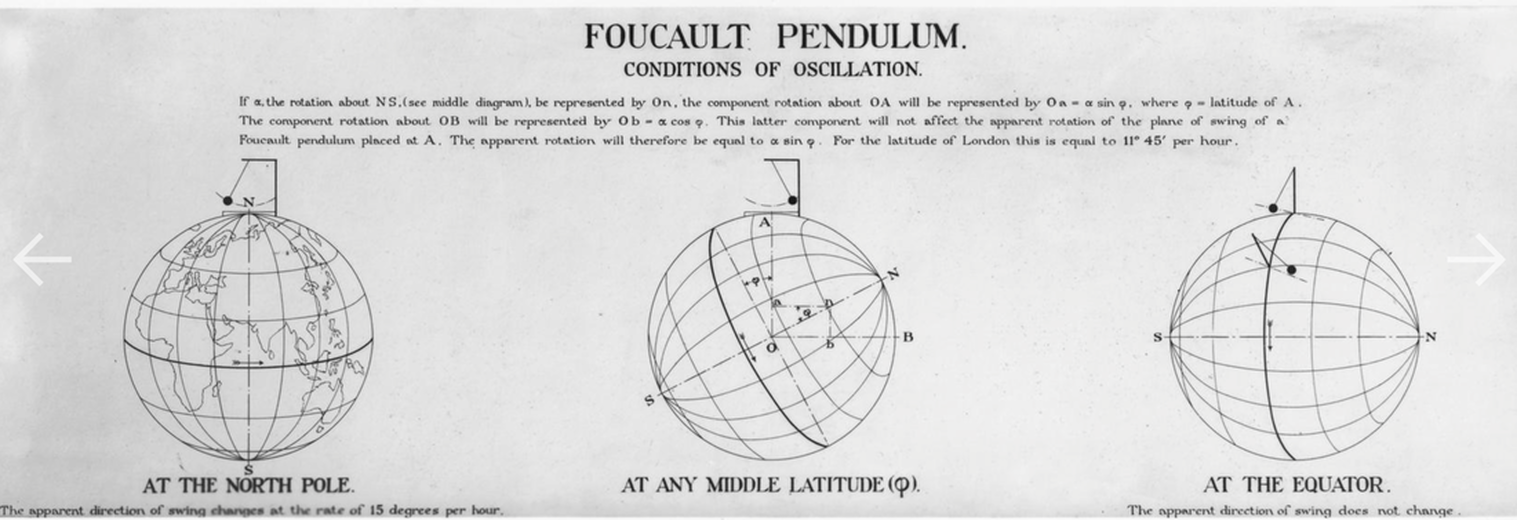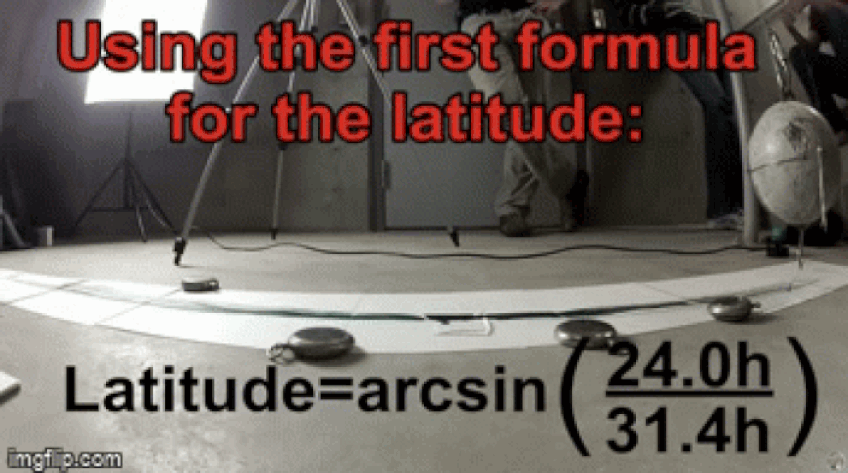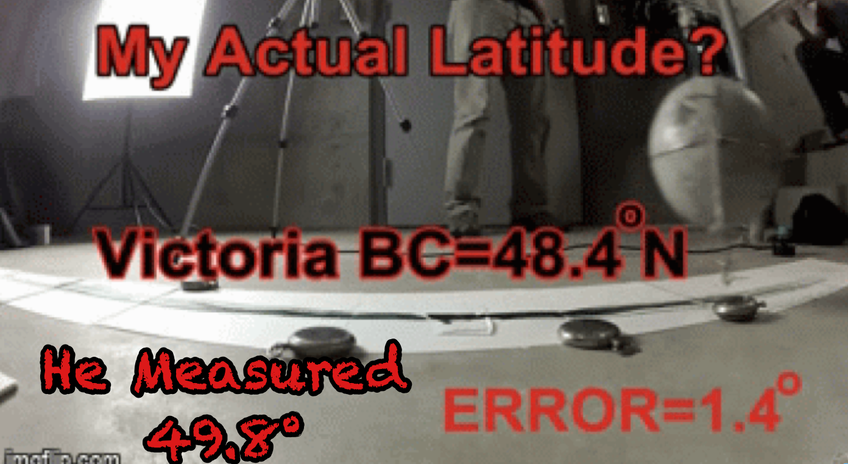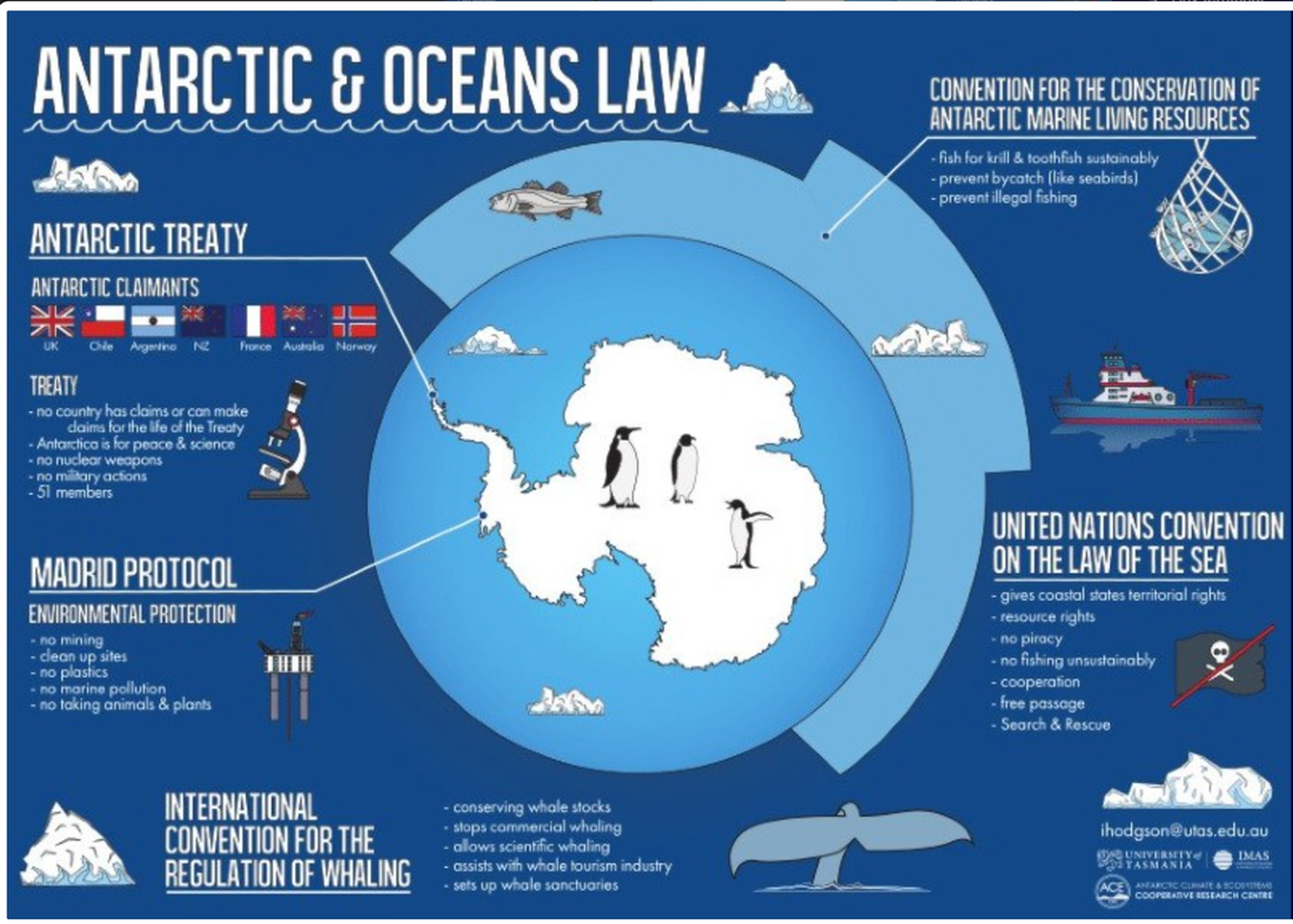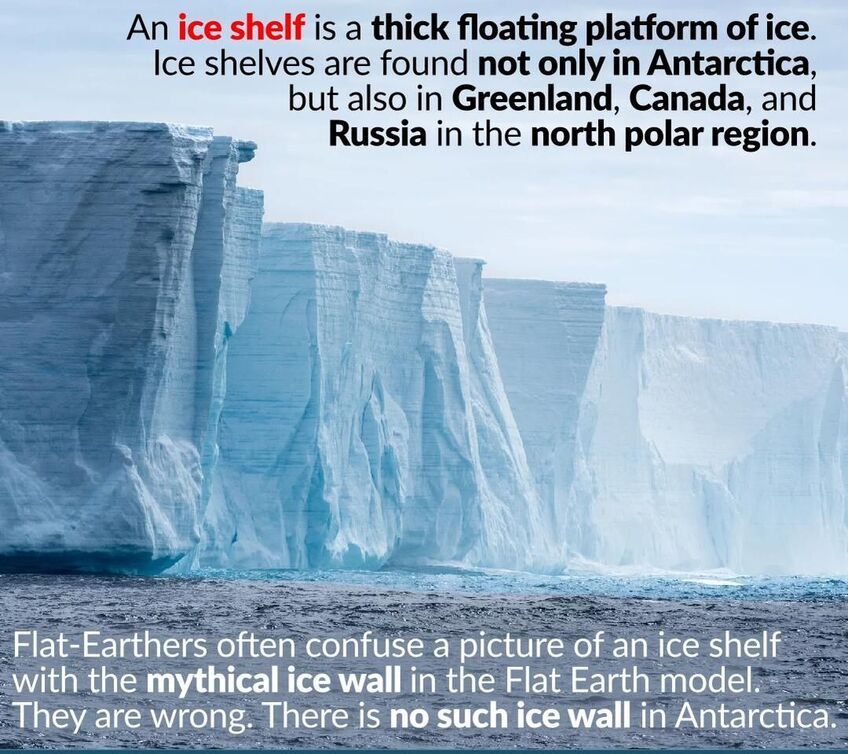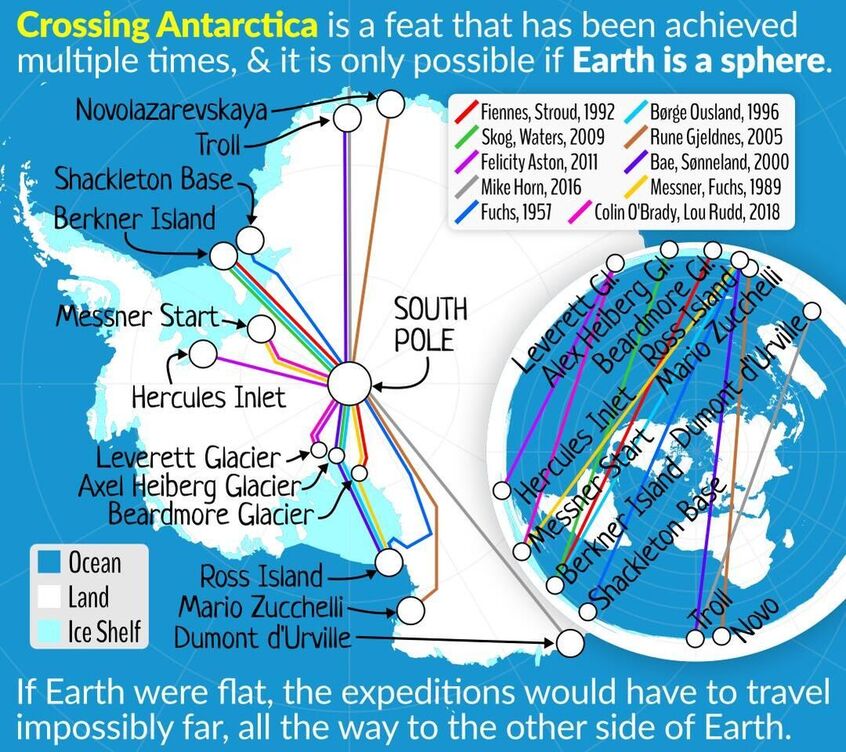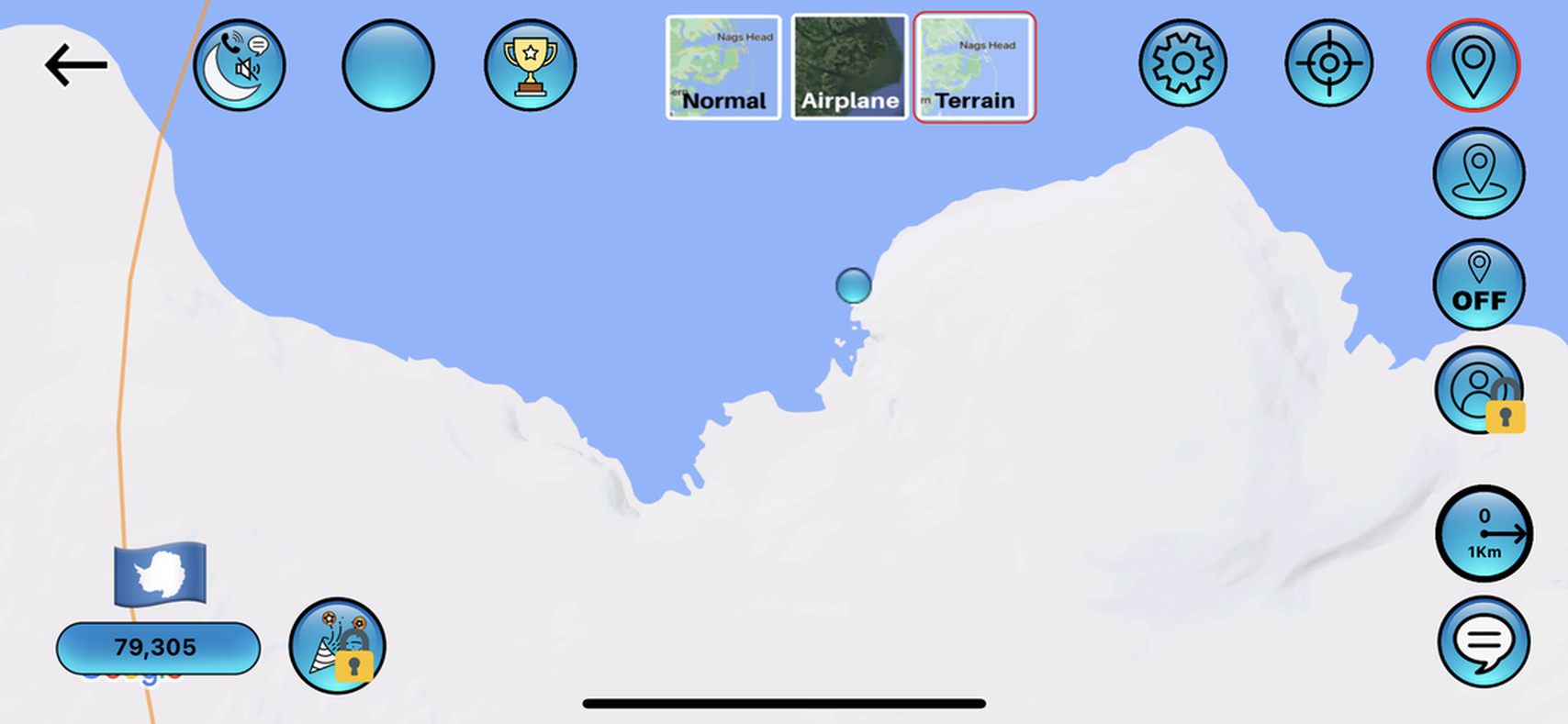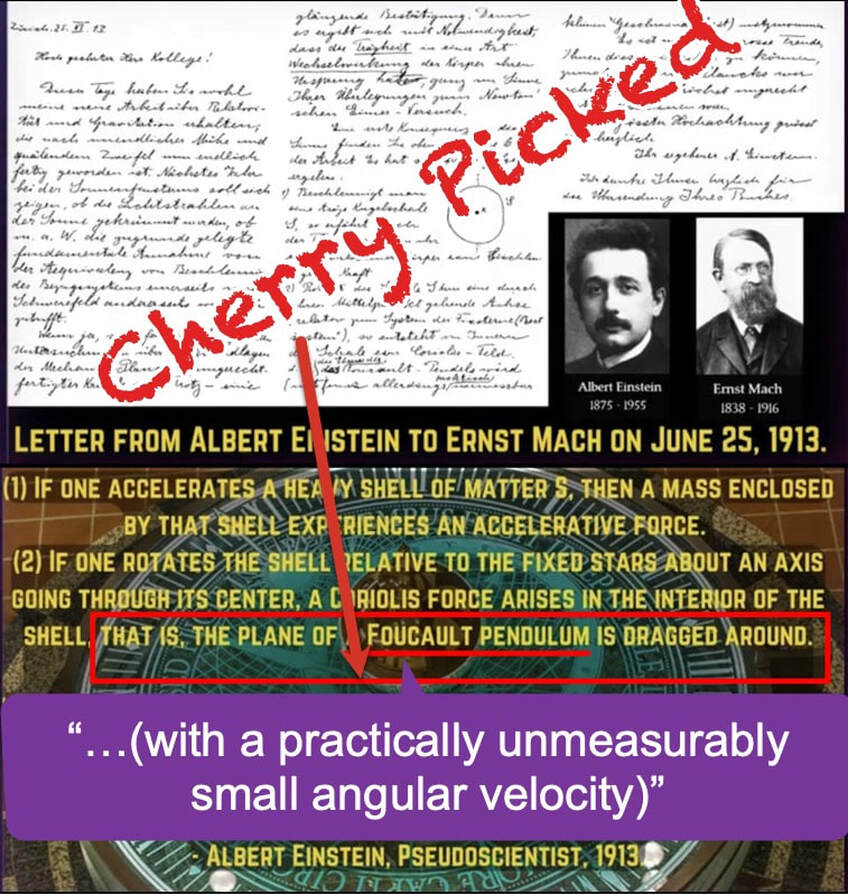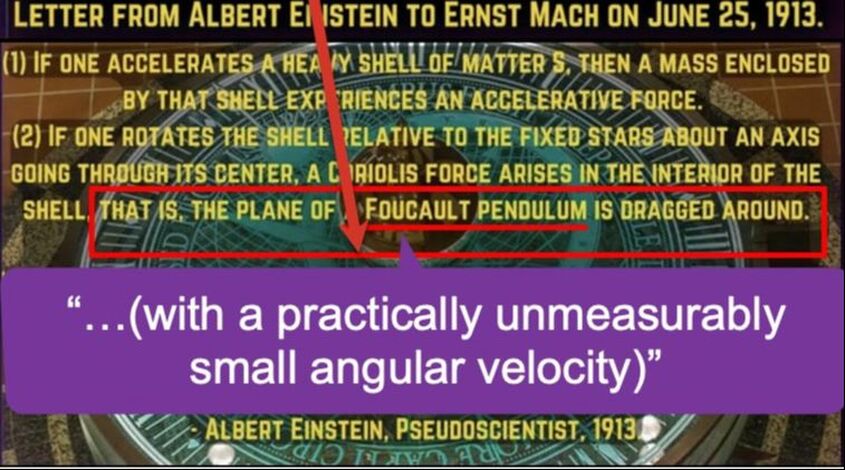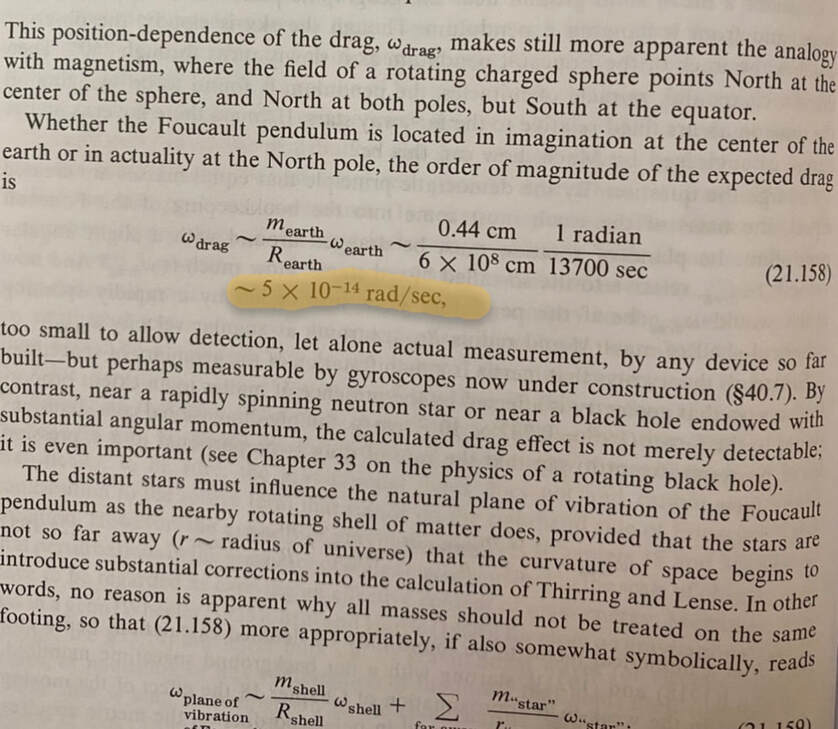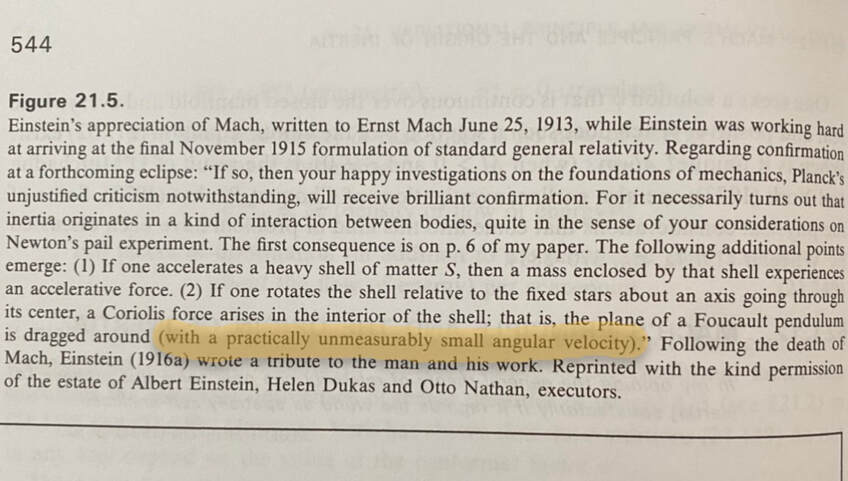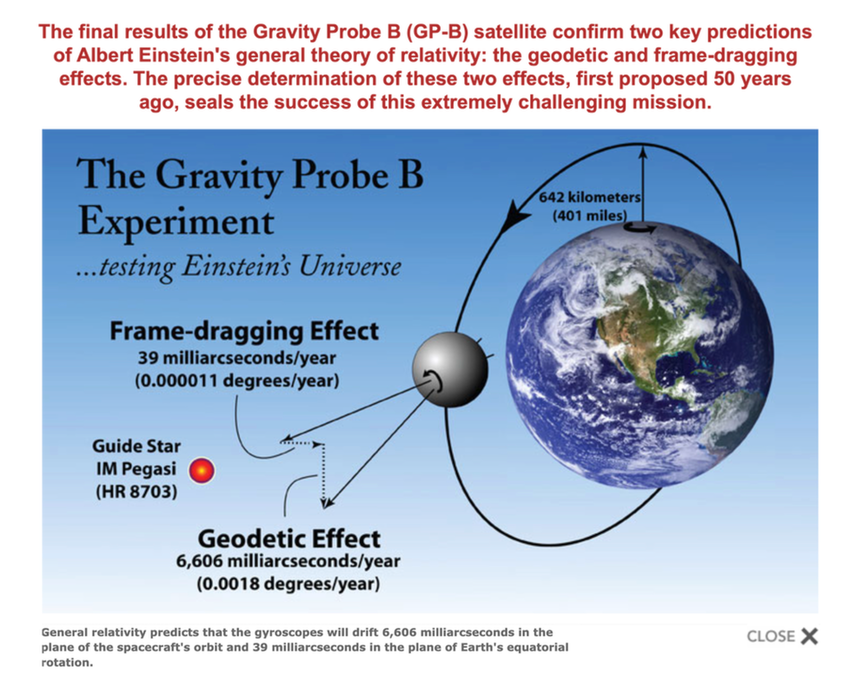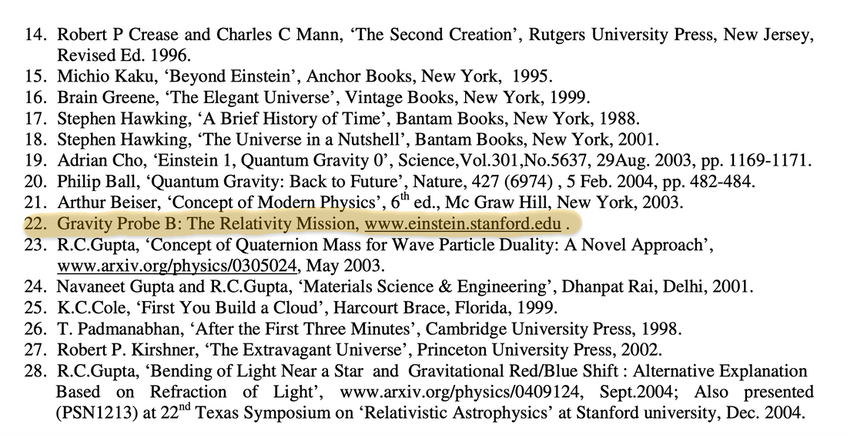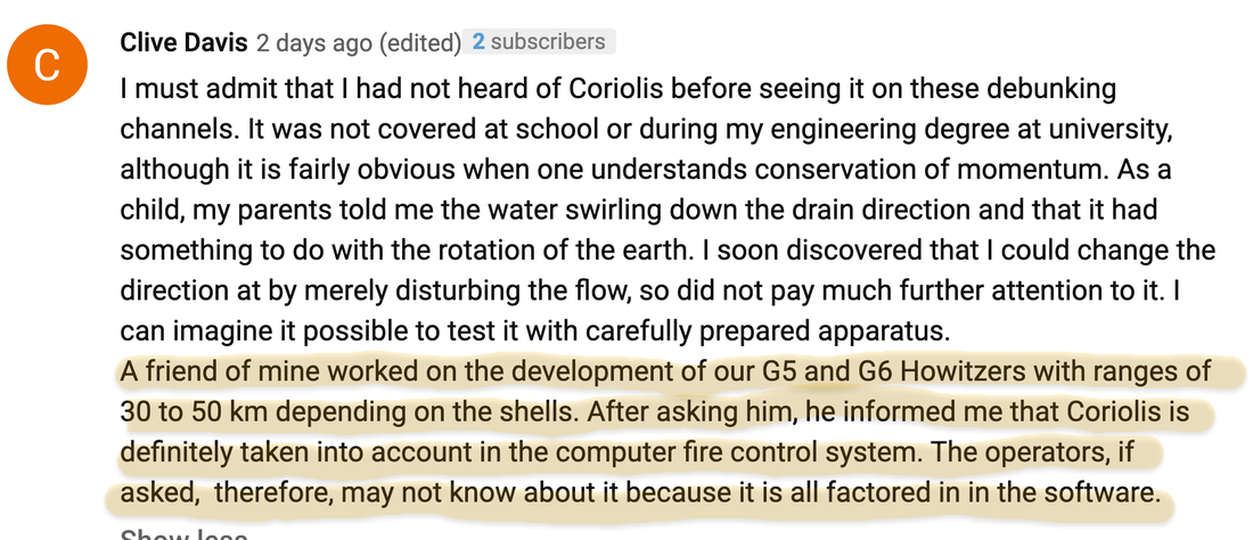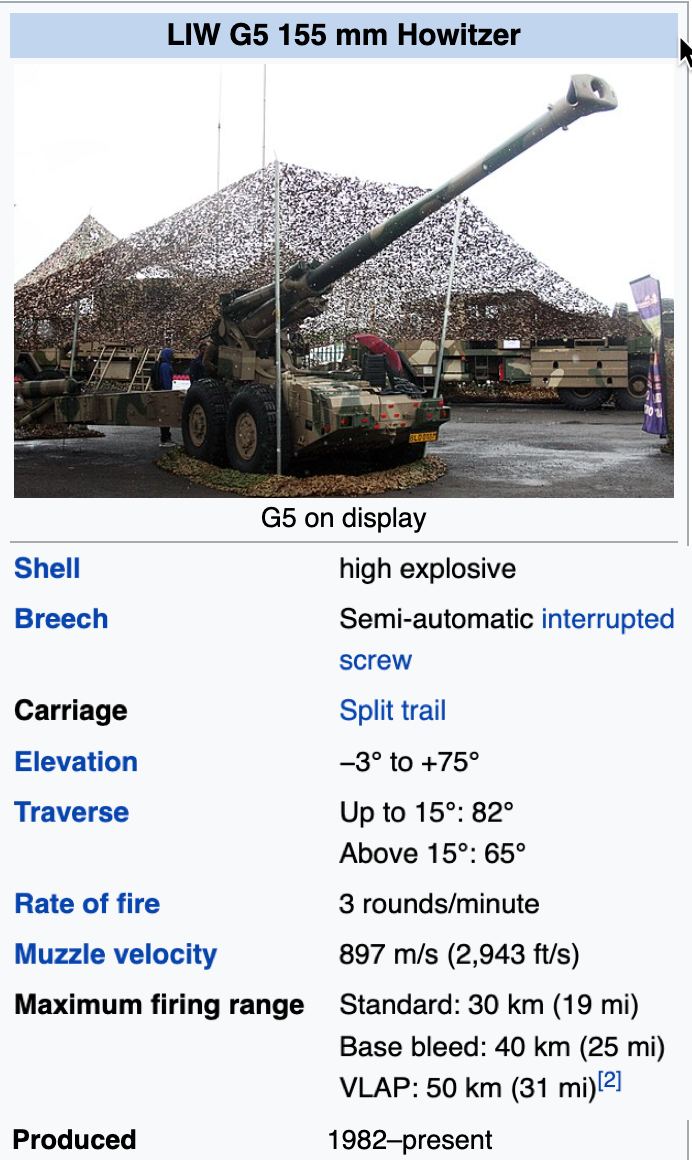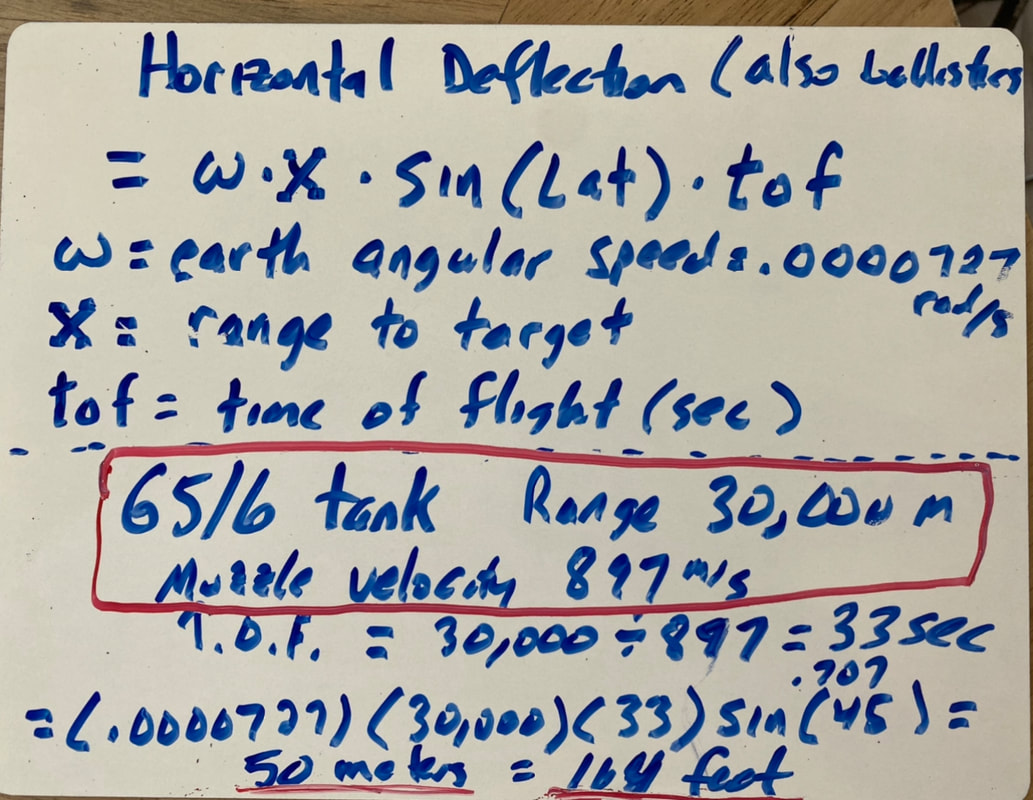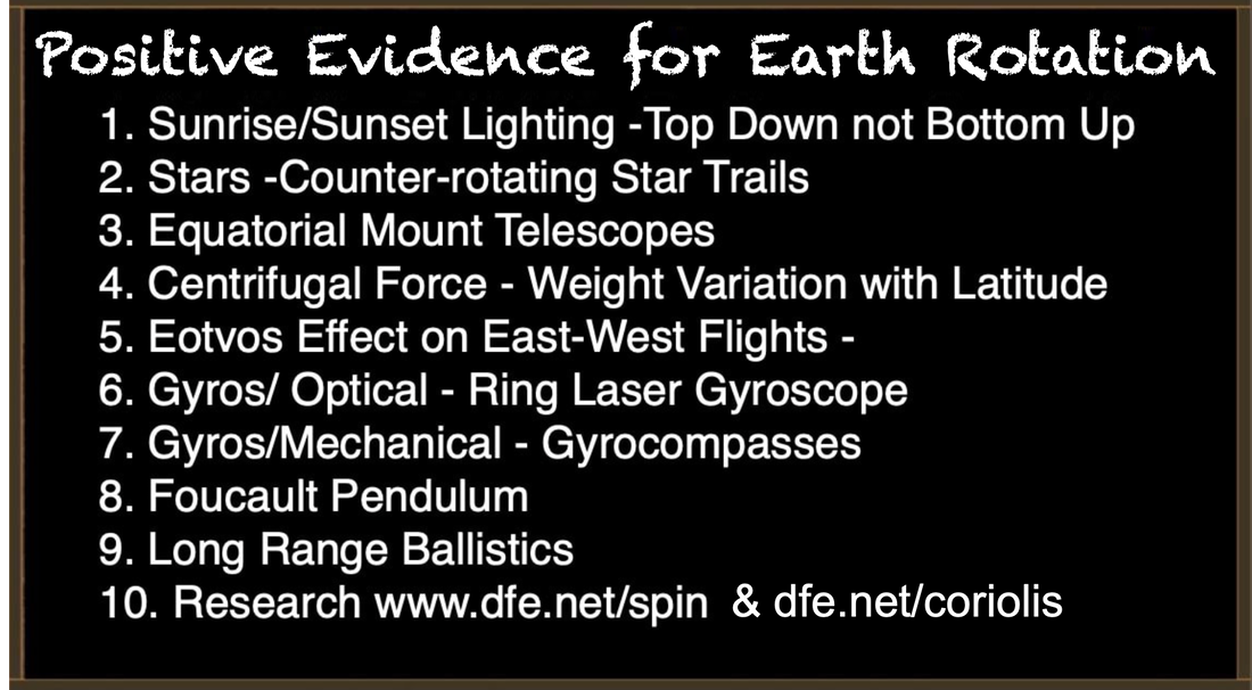
Due to inertia and conservation of momentum your speed remains the same, you don't get any faster but everything around you is traveling slower, so you relative to the ground, you move ahead of everything else.
If you jumped in the air, the earth is not traveling out from under you BECAUSE you are traveling that same speed!
Flat earthers like Witsit cannot seem to get this!!!
Look at this moving trampoline here. He does fall behind the tractor because of inertia and conservation of momentum.
If you jumped in the air, the earth is not traveling out from under you BECAUSE you are traveling that same speed!
Flat earthers like Witsit cannot seem to get this!!!
Look at this moving trampoline here. He does fall behind the tractor because of inertia and conservation of momentum.
So how can we REALLY show evidence for the Coriolis,
because it debunks a flat and stationary earth in the way it
Today we have some Debunking Poetry
1) Demonstrates Rotation
2) Demonstrates the magnitude of the force depends on the latitude PRECISELY as a spinning sphere would dictate.
3) Antarctica Exists
4) Earth is not the center of the Universe
So the Coriolis shows both the Rotation and Spherical Shape of the Earth!!
because it debunks a flat and stationary earth in the way it
Today we have some Debunking Poetry
1) Demonstrates Rotation
2) Demonstrates the magnitude of the force depends on the latitude PRECISELY as a spinning sphere would dictate.
3) Antarctica Exists
4) Earth is not the center of the Universe
So the Coriolis shows both the Rotation and Spherical Shape of the Earth!!
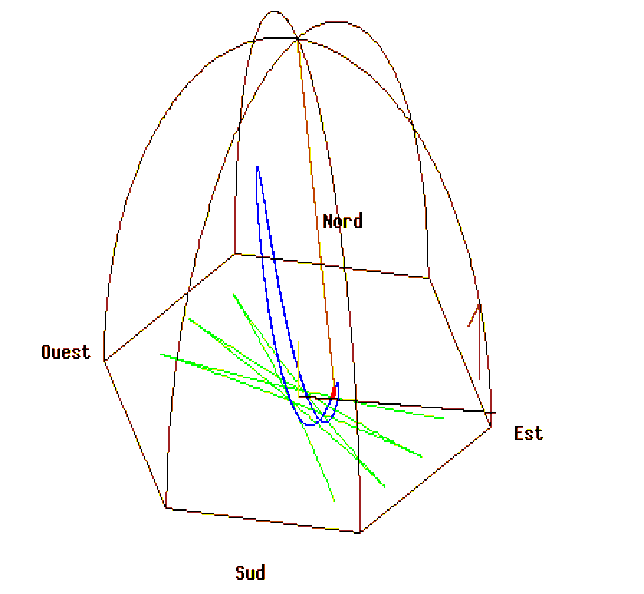
Foucault Pendulum -
A Foucault pendulum is a specially designed so that it can swing back and forth in any direction around the vertical.
This is in contrast to a grandfather clock that has to swing back and forth in a particular plane.
Let's say you set the pendulum swinging at the North Pole, if you set a Foucault Pendulum swinging you determine a plane in which the pendulum is swinging and that plane is fixed. So as the earth rotates, the earth rotates underneath the plane of the pendulum swinging. In the Northern Hemisphere, the pendulum rotates clockwise. In the Southern Hemisphere, it rotates counterclockwise.
The pendulum turns faster if it is closer to the pole. On the Equator, the pendulum does not rotate.
But from your reference frame on the earth, you see the plane of the pendulum rotate fully around every 24 hours.
As you go to lower latitudes towards the equator, the time it takes for the pendulum to go around lengthens, and at the equator it does not rotate at all.
The Foucault pendulum will rotate with an angular velocity of 360° × sin φ per day, where φ is the latitude of the pendulum’s location. It rotates clockwise in the northern hemisphere and counterclockwise in the southern hemisphere. There is only one explanation for why Foucault’s pendulum behaves like that: the Earth is a rotating sphere.
The Foucault pendulum will rotate with an angular velocity of 360° × sin φ per day,
Where I am at, here in Bradenton,
27.4989 N.
Sin (φ) = .4616
Period T = 52 Hours
Angular Velocity = 2.2 x10^-5
Here, the pendulum cycle would be hard to detect, but if I let it swing a couple hours and came back I would see it.
A Foucault pendulum is a specially designed so that it can swing back and forth in any direction around the vertical.
This is in contrast to a grandfather clock that has to swing back and forth in a particular plane.
Let's say you set the pendulum swinging at the North Pole, if you set a Foucault Pendulum swinging you determine a plane in which the pendulum is swinging and that plane is fixed. So as the earth rotates, the earth rotates underneath the plane of the pendulum swinging. In the Northern Hemisphere, the pendulum rotates clockwise. In the Southern Hemisphere, it rotates counterclockwise.
The pendulum turns faster if it is closer to the pole. On the Equator, the pendulum does not rotate.
But from your reference frame on the earth, you see the plane of the pendulum rotate fully around every 24 hours.
As you go to lower latitudes towards the equator, the time it takes for the pendulum to go around lengthens, and at the equator it does not rotate at all.
The Foucault pendulum will rotate with an angular velocity of 360° × sin φ per day, where φ is the latitude of the pendulum’s location. It rotates clockwise in the northern hemisphere and counterclockwise in the southern hemisphere. There is only one explanation for why Foucault’s pendulum behaves like that: the Earth is a rotating sphere.
The Foucault pendulum will rotate with an angular velocity of 360° × sin φ per day,
Where I am at, here in Bradenton,
27.4989 N.
Sin (φ) = .4616
Period T = 52 Hours
Angular Velocity = 2.2 x10^-5
Here, the pendulum cycle would be hard to detect, but if I let it swing a couple hours and came back I would see it.
Physics and astronomy professor Jim LaBelle discusses the science behind a classic physics experiment, Foucault's pendulum, while seated next to Dartmouth's pendulum in Fairchild Tower.
So if you think about it, the Foucault pendulum is a kind of rotation meter, it's a way of measuring rotations.
A suitably placed Foucault pendulum can be used to detect the rotation of the earth, or the rotation of the earth around the sun, or in principle you could use a suitably oriented Foucault pendulum to measure the rotation of the solar system around the galaxy.
So if you think about it, the Foucault pendulum is a kind of rotation meter, it's a way of measuring rotations.
A suitably placed Foucault pendulum can be used to detect the rotation of the earth, or the rotation of the earth around the sun, or in principle you could use a suitably oriented Foucault pendulum to measure the rotation of the solar system around the galaxy.
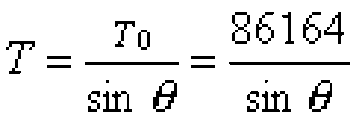
A Foucault Pendulum at the South Pole was determined to have a period of 24 hours, ± 50 minutes. The acceleration due to gravity, g, was determined to be 9.85 ms-2 ± .03 ms-2. The rotation of the Earth was in a clockwise direction if looking down from above the South Pole.
Check out Clive Wells Channel for a Derivation of this Equation
Check out Clive Wells Channel for a Derivation of this Equation
Sounds Pretty Convincing, Right?
So how do Flat Earthers Like Witsit Rebut this?
Flat-Earthers invented various excuses to discredit Foucault’s pendulum. In reality, anyone not near the Equator can easily repeat the experiment, and it will give the expected result.
Let's here what he says then debunk Him:
So how do Flat Earthers Like Witsit Rebut this?
Flat-Earthers invented various excuses to discredit Foucault’s pendulum. In reality, anyone not near the Equator can easily repeat the experiment, and it will give the expected result.
Let's here what he says then debunk Him:
1. Completely Inconsistent - Wrong!
Wrong, how can people around the world accurately measure their correct latitude when the experiment is performed carefully?
Wrong, how can people around the world accurately measure their correct latitude when the experiment is performed carefully?

2. It Doesn't start moving unless you move it - Strawman
Oh the classic Flat Earth Foucault Pendulum Strawman!
The pendulum needs to be in motion because the plane swept out by the trajectory of the pendulum is what we look at.
The plane of a swinging pendulum doesn’t change. This has to do with something called the conservation of angular momentum. If we are looking at a Fouccault pendulum we can see that the plane swept out by the pendulum rotates in time. It’s actually possible to watch in real time, if you have access to a museum with a large one. But since we see the plane rotating we must conclude that the earth is rotating, because the plane remains fixed.
Oh the classic Flat Earth Foucault Pendulum Strawman!
The pendulum needs to be in motion because the plane swept out by the trajectory of the pendulum is what we look at.
The plane of a swinging pendulum doesn’t change. This has to do with something called the conservation of angular momentum. If we are looking at a Fouccault pendulum we can see that the plane swept out by the pendulum rotates in time. It’s actually possible to watch in real time, if you have access to a museum with a large one. But since we see the plane rotating we must conclude that the earth is rotating, because the plane remains fixed.

3. "It is literally engineered to move based on the gimbal".
4. For its action to continuous go it has to have an electromagnetic device in museum.
Some of Foucault’s pendulums are also equipped with an electromagnetic mechanism at the bottom to keep the pendulum swinging. The mechanism will magnetically pull the pendulum as it swings down, giving it the energy to counteract the lost energy from air resistance. In effect, the pendulum can run practically forever. The mechanism only adds to the swinging motion, not the precession motion, and therefore cannot be considered “cheating.” The precession motion still comes from Earth’s rotation, just like regular, hand-initiated Foucault’s pendulums.
But you have to make sure you push it in a way that is not going to cause a torque.
Some of Foucault’s pendulums are also equipped with an electromagnetic mechanism at the bottom to keep the pendulum swinging. The mechanism will magnetically pull the pendulum as it swings down, giving it the energy to counteract the lost energy from air resistance. In effect, the pendulum can run practically forever. The mechanism only adds to the swinging motion, not the precession motion, and therefore cannot be considered “cheating.” The precession motion still comes from Earth’s rotation, just like regular, hand-initiated Foucault’s pendulums.
But you have to make sure you push it in a way that is not going to cause a torque.
But with a heavy enough bob and a long enough wire, you don't need to use any driving mechanism. A well constructed Pendulum can swing freely for a couple hours, which is PLENTY of time to take measurements like the Gentleman physicist did!
Let's See how we can use the Scientific Method in Conjunction with the Pendulum to give us solid evidence that the earth is rotating.
A pendulum bob or weight is a freely moving object when swinging back and forth.
Scientific Method
1. Observation in natural world
2. Create a hypothesis to the observation
3. Make a prediction based on your hypothesis
4. Design an experiment to test your prediction
5. Analyze data, if your hypothesis is confirmed, than you have a scientific theory. If it is invalidated, you reassess, make adjustments, and start again.
A pendulum bob or weight is a freely moving object when swinging back and forth.
Scientific Method
1. Observation in natural world
2. Create a hypothesis to the observation
3. Make a prediction based on your hypothesis
4. Design an experiment to test your prediction
5. Analyze data, if your hypothesis is confirmed, than you have a scientific theory. If it is invalidated, you reassess, make adjustments, and start again.
Introduction:
Alan Baker did a couple of amazing things in his Foucault Pendulum experiments
1. He demonstrated the Coriolis Force in the US. and the South Pole
2. In the U.S. he confirmed his latitude doing
3. He verified the known angular velocity of the earth
4. From 2 and 3 he demonstrated we live on a rotating sphere.
In one fell swoop he showed the earth rotates on its axis
Alan Baker did a couple of amazing things in his Foucault Pendulum experiments
1. He demonstrated the Coriolis Force in the US. and the South Pole
2. In the U.S. he confirmed his latitude doing
3. He verified the known angular velocity of the earth
4. From 2 and 3 he demonstrated we live on a rotating sphere.
In one fell swoop he showed the earth rotates on its axis
Alan Baker did this experiment at the South Pole. He tried to set it up, he had 33 meters of wire, everything was perfect only the Antarctic treaty forbids the use of flames. He spent a lot of time trying to get it to go right but eventually he managed to get it more or less perfect. He did find it goes around in 24 hours +/- 50 minutes at the South Pole.
There is one thing that goes wrong with this experiment, as the amplitude of the oscillation changes with time. It decreases because of the friction of the air. He found at the South Pole it died away after a couple hours so he had to do his measurements in about 20 minutes. If you make it longer and you'll find it decays slower, but still in a couple of hours.
There is one thing that goes wrong with this experiment, as the amplitude of the oscillation changes with time. It decreases because of the friction of the air. He found at the South Pole it died away after a couple hours so he had to do his measurements in about 20 minutes. If you make it longer and you'll find it decays slower, but still in a couple of hours.
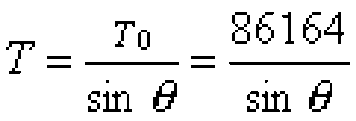
A Foucault Pendulum at the South Pole was determined to have a period of 24 hours, ± 50 minutes. The acceleration due to gravity, g, was determined to be 9.85 ms-2 ± .03 ms-2. The rotation of the Earth was in a clockwise direction if looking down from above the South Pole.
It was difficult to make the pendulum swing in a plane instead of an ellipse. After several attempts with various techniques of holding the bob and dropping it we always got some kind of ellipse instead of a plane. This adds to our error because it is more difficult to locate and mark the pendulum arc’s apex. A way to do it is to suspended the bob by tying it off with a piece of string and letting it settle, then burn through the string. The bob would then drop without any outside force and swing in a plane. Since it is against the Antarctica Treaty to have any open flames at the South Pole we could not do this. After much practice Mike Town got very adept at dropping the bob so that it arced in a plane.
"We have demonstrated a physical phenomenon confirming that we are on the axis of rotation of the Earth. Although the result matches our hypothesis and nothing new has been discovered, we have placed ourselves among the stars, and standing beside Galileo in recognition of our planet as a rotating sphere floating in the heavens. We have thus enhanced our own understanding of our place in the Universe. The South Pole Foucault Pendulum is still in place and periodically one of us will go out and start it swinging and take further data to refine our findings."
"We have demonstrated a physical phenomenon confirming that we are on the axis of rotation of the Earth. Although the result matches our hypothesis and nothing new has been discovered, we have placed ourselves among the stars, and standing beside Galileo in recognition of our planet as a rotating sphere floating in the heavens. We have thus enhanced our own understanding of our place in the Universe. The South Pole Foucault Pendulum is still in place and periodically one of us will go out and start it swinging and take further data to refine our findings."
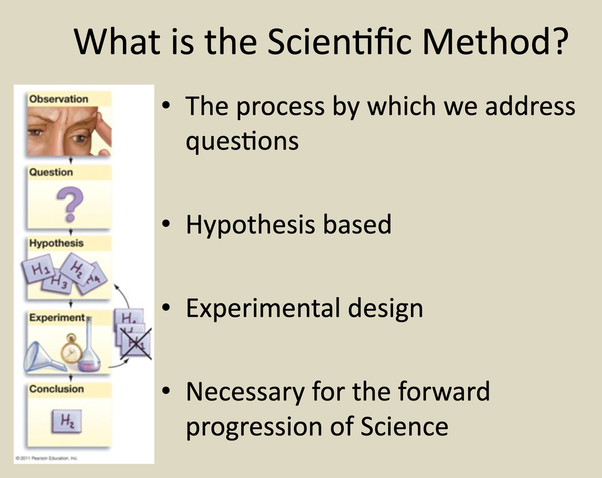
Scientific Method Confirmed
1. Observation: The stars in the sky rotate around two different points depending on your location relative to the equator. All of the stars move at 15 per hour INCLUDING the sun.
2. Hypothesis: My observation suggests we live on a rotating body that is spinning at 15 degrees per hour.
3. Prediction: If we are rotating at 15 degrees per hour a freely swinging Foucault pendulum will drift 15 degrees per hour if placed at the South poles and will not drift at all if we are at the equator. The amount of drift per unit time will allow us to calculate our latitude if the earth is a rotating globe.
4. Design an experiment to test the prediction. Alan Baker did just that, he created a large freely swinging pendulum and let it swing for a couple hours at a time and measured the drift.
5. Step 5: Analyze - based on the data that Allan baker gathered during the experiment he was able to calculate the rotational speed of the earth to a margin of error of +/- 50 min, which confirmed his location at the Poles and the rotational period of the earth. He also calculated using a Foucault in California which confirmed his latitude on a spherical earth.
1. Observation: The stars in the sky rotate around two different points depending on your location relative to the equator. All of the stars move at 15 per hour INCLUDING the sun.
2. Hypothesis: My observation suggests we live on a rotating body that is spinning at 15 degrees per hour.
3. Prediction: If we are rotating at 15 degrees per hour a freely swinging Foucault pendulum will drift 15 degrees per hour if placed at the South poles and will not drift at all if we are at the equator. The amount of drift per unit time will allow us to calculate our latitude if the earth is a rotating globe.
4. Design an experiment to test the prediction. Alan Baker did just that, he created a large freely swinging pendulum and let it swing for a couple hours at a time and measured the drift.
5. Step 5: Analyze - based on the data that Allan baker gathered during the experiment he was able to calculate the rotational speed of the earth to a margin of error of +/- 50 min, which confirmed his location at the Poles and the rotational period of the earth. He also calculated using a Foucault in California which confirmed his latitude on a spherical earth.
Before we get into the real fatal flaw here, let's examine it at face value with some critical thinking:
The Pole to Pole / Equator Problem
1. How do you get a .3% difference in Centrifugal
2. What about the .2% difference due to bulge
3. How is it Coriolis is maximum at the poles but nonexistent at the equator?
4. How does this translate into Aether if it is a massive shell as Einstein says?
5. Wouldn't there be a massive upward pull due to gravity?
6. Did you use the Lense thirring equations to show your result? Did you even know that is where this comes from?
7. How does this affect the flat earth sun and moon?
The Pole to Pole / Equator Problem
1. How do you get a .3% difference in Centrifugal
2. What about the .2% difference due to bulge
3. How is it Coriolis is maximum at the poles but nonexistent at the equator?
4. How does this translate into Aether if it is a massive shell as Einstein says?
5. Wouldn't there be a massive upward pull due to gravity?
6. Did you use the Lense thirring equations to show your result? Did you even know that is where this comes from?
7. How does this affect the flat earth sun and moon?
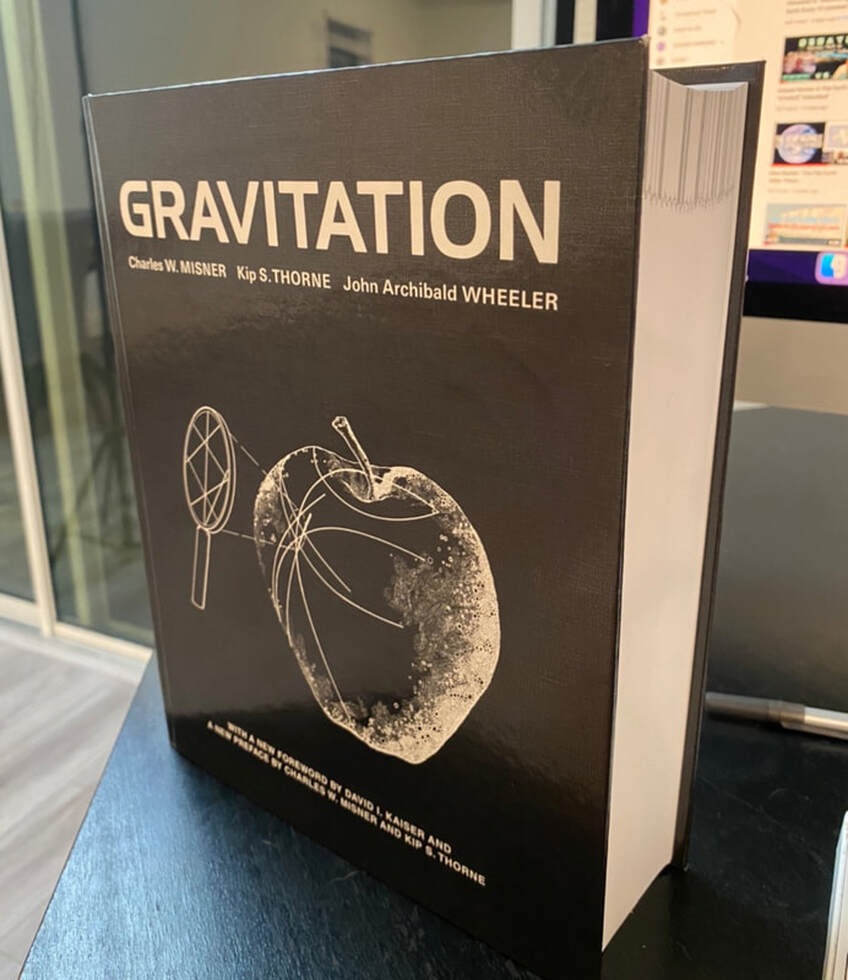
Einstein, letter to Ernst Mach, Zurich, 25 June 1913, in Misner, Charles; Thorne, Kip S. & Wheeler, John Archibald (1973). Gravitation. San Francisco: W. H. Freeman. ISBN 978-0-7167-0344-0.
https://einsteinpapers.press.princeton.edu/vol5-trans/362?highlightText=1913 Below, Gravity Probe B, calculated the frame dragging of the earth at 6 x 10^-15 rad/sec. Earth's rotation is 7 x 10^-5 rad/sec, TEN ORDERS OF MAGNITUDE LARGER!! |
Which is it Witsit Part 2: Spinning Aether or Stationary Earth?
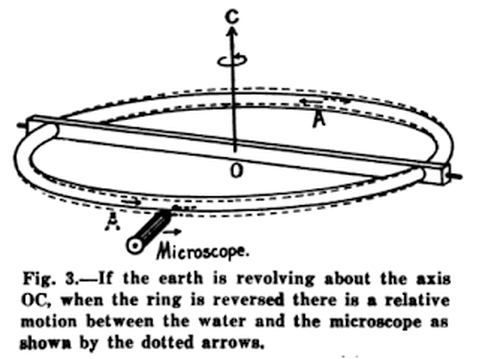
How Arthur Compton computed Latitude, direction to North, and length of a day
The apparatus is astonishingly simple - a round tube of water containing a mixture of coal oil and carbon tetrachloride of the same density as water in a constant temperature environment near freezing to minimize thermal influences and a microscope mounted for observing the motion of the fluid (one configuration projected the image on a screen). The tube was made more narrow at the point of observation as this amplifies the speed of the water moving past that point (the speeds in question are on the order of watching a minute hand on a watch move so proper care must be taken).
Here's the basic idea. The circular tube is filled with water and the tube is rotating along with the Earth. After some time, the rotational speed of the water will match the rotational speed of the tube and there will be no relative motion between the two. At this point, flip the tube over 180 degrees. The water will tend to keep rotating in the direction it was going in while the tube will now be moving in the opposite direction. By measuring the speed of the water, you get a measure of the Earth's rotational speed.
Big deal you say. A Foucault pendulum can give the same results you say. Well, as it turns out, it has a few drawbacks with respect to Compton's apparatus. Consider the case where either apparatus wasn't sitting at the Earth's pole. Then, you only get a measure of the Earth's rotation with respect to the axis of rotation perpendicular to the horizontal plane at your location. With a pendulum, you're done. You can show that the Earth is rotating, and knowing your location on the Earth, and making an assumption about the Earth's axis of rotation, you can determine how quickly the Earth is rotating. The annoying part, however, is making that assumption about the Earth's axis of rotation. With Compton's apparatus, you simply make two more measurements. Your second measurement is made with the plane of the ring perpendicular to the horizontal plane at your location. Then, you merely rotate the tube 90 degrees while still keeping it's plane perpendicular to horizontal. You now have three perpendicular components of the Earth's rotational speed and can re-construct both the Earth's total rotational speed and the direction of the axis of location.
American Physical Society's Physical Review article on Compton's apparatus
http://prola.aps.org.lib-ezproxy.tamu.edu:2048/abstract/PR/v5/i2/p109_1
DOI: 10.1103/PhysRev.5.109
The apparatus is astonishingly simple - a round tube of water containing a mixture of coal oil and carbon tetrachloride of the same density as water in a constant temperature environment near freezing to minimize thermal influences and a microscope mounted for observing the motion of the fluid (one configuration projected the image on a screen). The tube was made more narrow at the point of observation as this amplifies the speed of the water moving past that point (the speeds in question are on the order of watching a minute hand on a watch move so proper care must be taken).
Here's the basic idea. The circular tube is filled with water and the tube is rotating along with the Earth. After some time, the rotational speed of the water will match the rotational speed of the tube and there will be no relative motion between the two. At this point, flip the tube over 180 degrees. The water will tend to keep rotating in the direction it was going in while the tube will now be moving in the opposite direction. By measuring the speed of the water, you get a measure of the Earth's rotational speed.
Big deal you say. A Foucault pendulum can give the same results you say. Well, as it turns out, it has a few drawbacks with respect to Compton's apparatus. Consider the case where either apparatus wasn't sitting at the Earth's pole. Then, you only get a measure of the Earth's rotation with respect to the axis of rotation perpendicular to the horizontal plane at your location. With a pendulum, you're done. You can show that the Earth is rotating, and knowing your location on the Earth, and making an assumption about the Earth's axis of rotation, you can determine how quickly the Earth is rotating. The annoying part, however, is making that assumption about the Earth's axis of rotation. With Compton's apparatus, you simply make two more measurements. Your second measurement is made with the plane of the ring perpendicular to the horizontal plane at your location. Then, you merely rotate the tube 90 degrees while still keeping it's plane perpendicular to horizontal. You now have three perpendicular components of the Earth's rotational speed and can re-construct both the Earth's total rotational speed and the direction of the axis of location.
American Physical Society's Physical Review article on Compton's apparatus
http://prola.aps.org.lib-ezproxy.tamu.edu:2048/abstract/PR/v5/i2/p109_1
DOI: 10.1103/PhysRev.5.109

